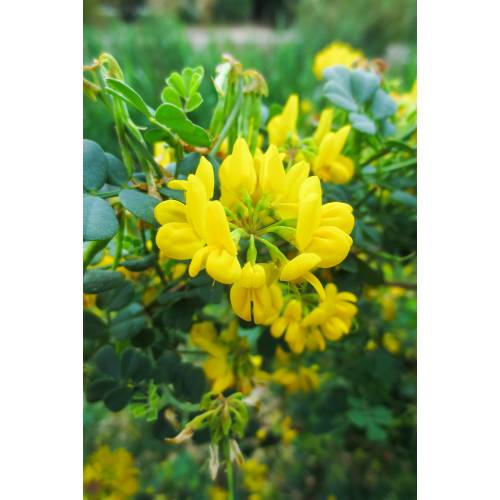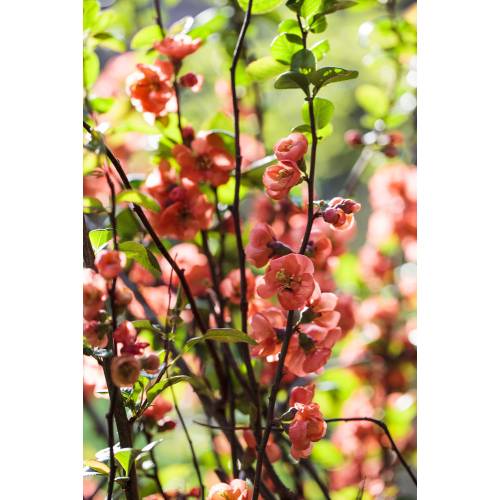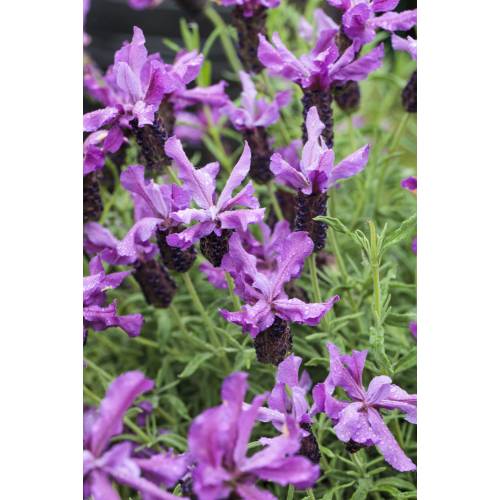
Choose plants in function of your garden
Shrubs and trees in a very calcareous soil
- Details
-
Pure chalk/Limestone is a hostile environment for many plants. Luckily, some love it! Grow some to make sure that your soil does not stay looking bare.
There is calcareous and calcareous
By calcareous soil, we often mean 'alkaline soil', that is to say a soil of which the pH (acidity) is higher than 7. But a slightly acid soil (a soil which contains no free lime and has a pH of less than 6.5) does not necessarily disturb plants a lot. What bothers many of them it's what we call the active chalk, that is to say the quantity of calcium salt which is present in the soil at root's level. This factor is difficult to measure but it is however essential: it is not because a soil is nearly white that it is inevitably super-calcareous! The most calcareous soils, for example are often brown! Do not hesitate to analyse your soil if you have doubts.
The right plants
Even in a highly calcareous soil, numerous plants accept to grow without showing any signs of disease: Roses (grafted on Rosa Canina), Hawthorn, Box, Laburnum, Lilac, Juniper, Cotoneaster, Cotinus, Valerian, Sage officinalis, Pine trees and Cornus (Dogwood) are a few examples.
The pitfall particularly comes from plants which hate a calcareous soil while growing naturally in dry soils like the Arbutus (Strawberry tree), Lavender (Lavandula stoechas), Ulex Europaeus (Gorse) or the Cytisus (Broom). In a lot of cases, the plants do not thrive in calcareous soils not because of the amount of calcium salt it contains but because the soil becomes too dry in summer. This is the case for Wisteria, Clematis or Viburnum. However, in mulching the base and choosing sites which do not become too dry, these plants grow in calcareous soil.
The right method
To plant in a very calcareous soil requires preparing the soil well and providing a lot of care at planting time. Remove all the stones which are in the planting hole if the soil is rocky. Work the soil deeply and incorporate mature compost or potting compost (no peat). Separate the earth balls of the plants which need planting, to spread the roots at the bottom of the hole and fill it with soil enriched with potting compost. Water generously and mulch the base as soon as the end of winter.
Against chlorosis
Do not wait for the plant to show any signs of discoloration: spread some mature compost regularly at the plant's base. Feeding the soil prevents the lime's effects. Once the leaves are discoloured, you will have to treat the plant to make it go back to green again and this 'drug' the plant with anti-chlorosis fertilisers!
Good to know: in a calcareous soil, the plants have a tendency to discolour more easily after a wet winter as the lime contained in the soil has dissolved. Everything gets back to normal during the season, providing a good supply of compost. - Photos (6)






